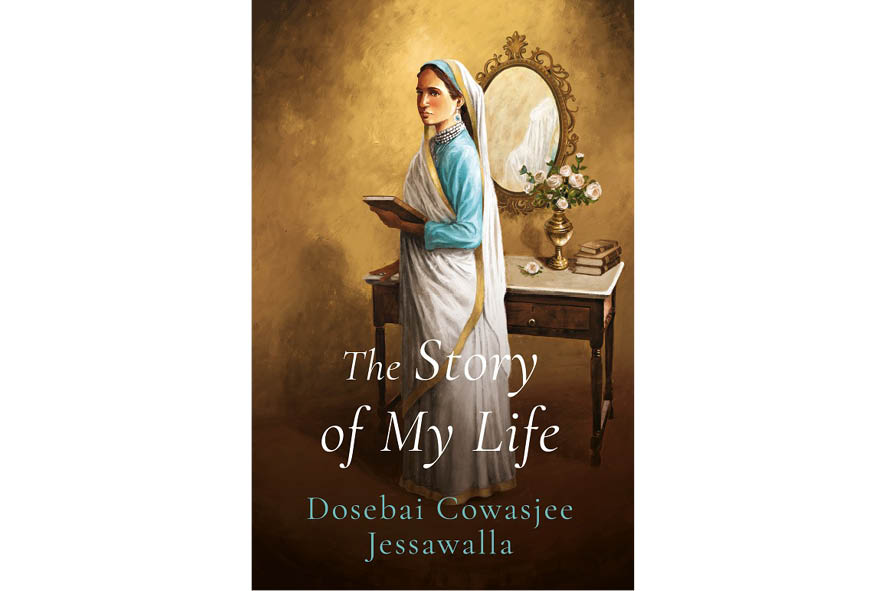‘The Story Of My Life’ is an autobiography by Dosebai Cowasjee Jessawalla, the granddaughter of noted philanthropist Seth Cursetjee Manekjee Shroff – whose statue in Byculla (Mumbai) is fondly referred to as ‘Khada Parsi’. Dosebai Jessawalla (1832-1911) was among the first Indian girls to get an English education, thanks to the insistence of her mother – Meherbai. It impacted the author for life, even as she became part of both – Indian and Western society, being empowered in ways inconceivable for most women at the time.
Her lifestyle and choices reflected her courageous spirit and independent-thinking. A formidable woman with a great zest for life, Dosebai marched through the Indian Parsi society, challenging its repressive patriarchal norms that bound women to household drudgery.
Born in Bombay in 1832, Dosebai Cowasjee Jessawalla studied at Mrs. Ward’s Seminary and was one of the first few Indian-Parsi women to receive higher education. She married Cowasjee Jehangir Jessawalla in 1852, and had two sons and a daughter. She ventured into the world with confidence, attending the Delhi Durbar of 1877 which declared Queen Victoria the Empress of India. She got acquainted with Governor-General Lytton and his wife, travelled widely, from Europe – where she met the English monarchs at Windsor Castle and the Pope in Rome, to Japan and the USA; she learnt to drive a car and even rode a hot air balloon!
An ambassador of the Parsis, Dosebai proudly stood out in every gathering for her elaborate Parsi Gara saris that she designed and embroidered herself. She was an avid traveller and a staunch advocate of women’s rights. Dosebai died in 1911 at the age of seventy-eight.
Published by Times Press (Mumbai), Dosebai’s remarkable autobiography – ‘The Story Of My Life’ – was first published by her sons only months after her passing, in 1911. It describes her youth, education, marriage and global travels. Her experiences are not just a reflection of the challenges faced even by privileged women in the nineteenth century, but also of attempts to indigenize European practices. A fascinating autobiography, the book is considered ‘a valuable document about the evolution of the Parsi community through the nineteenth century, and the merging of tradition with modern sensibilities during that important time in Indian history’. The 499-paged hard-cover of the book is available on Amazon at Rs. 676/-
- ઝેડએકેઓઆઈએ દરેમહેર માટે પ્રોપર્ટી ખરીદી - 27 July2024
- Insightful Annual Seminar By WZO - 27 July2024
- WZCC Pune Organises Member’s Night - 27 July2024
